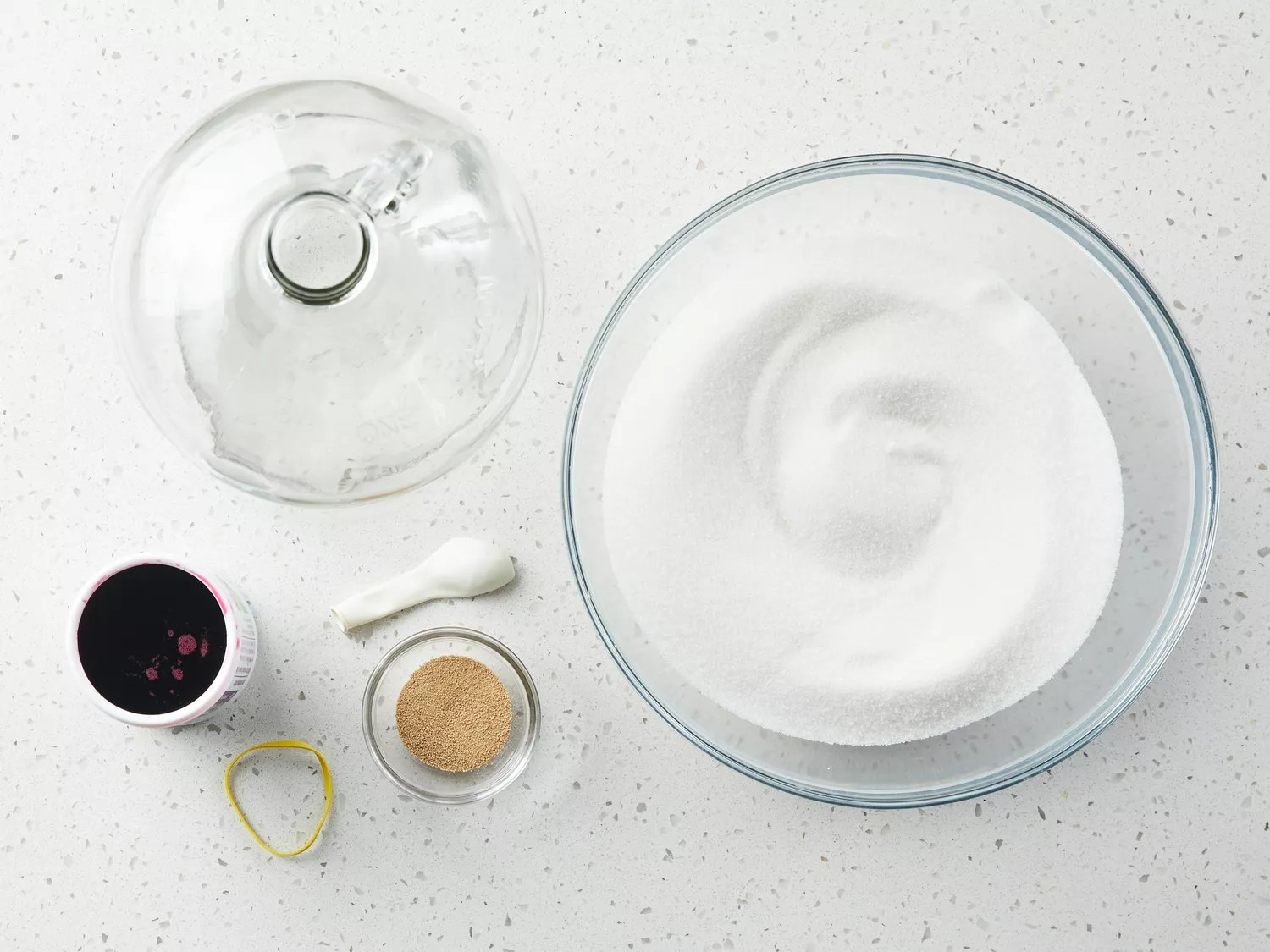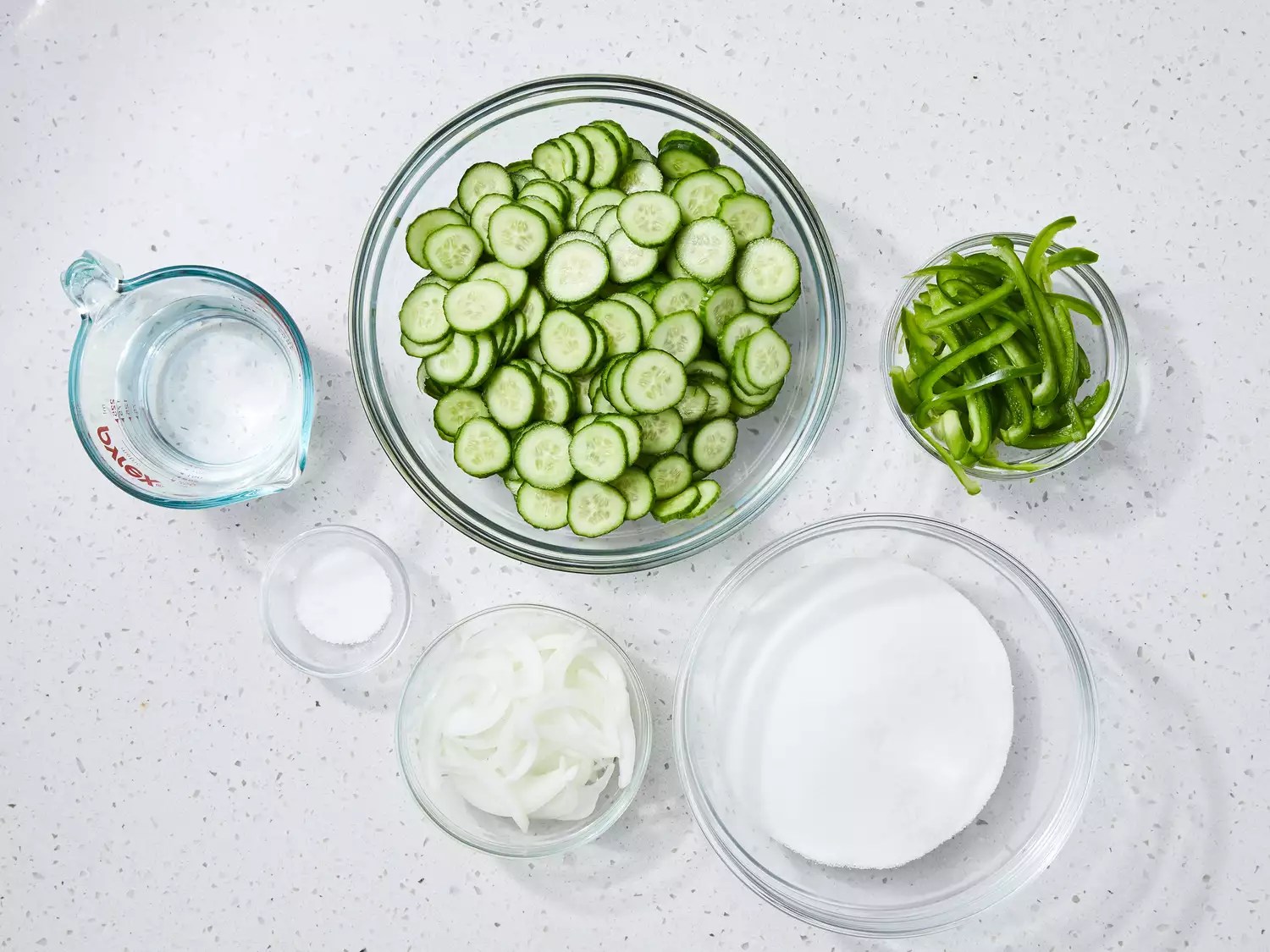Recipe Details
Ingredients
-
4 ½poundsripe quinces
-
5 ½cupswhite sugar
-
water to cover
Cooking Directions
-
Wash, peel, and core quinces, reserving cores and peels. Coarsely chop flesh and transfer fruit to a large pan. Wrap cores and peels in cheesecloth, tie the bag with kitchen string and add it to the pan. (The peels contain most of fruit’s pectin, which contributes to the firmness of quince paste.)
-
Pour in enough water to cover quinces and boil, with the pan partly covered, 30 to 40 minutes or until fruit is soft. Remove the bag of peels and pass quince flesh through a sieve or food mill. (For best results, don’t use a food processor as it will result in too fine a texture.) You should have about 2 1/2 pounds of fruit pulp.
-
Transfer quince pulp to a saucepan and add sugar. Ideally, you should add the same amount of sugar, by weight, as fruit pulp. Cook and stir over low heat until sugar is dissolved. Continue cooking for about 1 1/2 hours, frequently stirring with a wooden spoon, until paste becomes very thick and has a deep orange color. Draw the wooden spoon along the bottom of the saucepan: it should leave a trail, and quince mixture will stick to the spoon.
-
Lightly grease a 9×13-inch baking dish or line it with greased parchment paper. Transfer quince paste to the baking dish, spreading it about 1 1/2 inches thick. Smooth the top and allow it to cool.
-
Dry paste for about 1 1/2 hours on your lowest oven setting, no more than 125 degrees F (52 degrees C). Allow quince paste to cool completely before slicing. In Europe, the traditional method of drying quince paste is to leave it in a cupboard for about 7 days. The remaining juices will continue to evaporate and render a drier paste.
-
Store quince paste in an airtight container in the refrigerator; the color will deepen with age.
Editor’s Note:
In Provence, quince paste is often served with cheeses from the Savoy region. In Spain and Portugal, quince paste (Membrillo) is served with manchego. Serve slices of quince paste with cheese or as a breakfast spread.
Nutrition Facts
| Full Nutrition Label | |
|---|---|
| Servings Per Recipe32 | |
| Calories170 | |
| % Daily Value * | |
| Total Fat 0g |
0% |
| Sodium 3mg |
0% |
| Total Carbohydrate 44g |
16% |
| Dietary Fiber 1g |
4% |
| Total Sugars 34g |
|
| Protein 0g |
1% |
| Vitamin C 10mg |
11% |
| Calcium 8mg |
1% |
| Iron 1mg |
3% |
| Potassium 127mg |
3% |
* Percent Daily Values are based on a 2,000 calorie diet. Your daily values may be higher or lower depending on your calorie needs.
** Nutrient information is not available for all ingredients. Amount is based on available nutrient data.
(-) Information is not currently available for this nutrient. If you are following a medically restrictive diet, please consult your doctor or registered dietitian before preparing this recipe for personal consumption.
Powered by the ESHA Research Database © 2018, ESHA Research, Inc. All Rights Reserved






